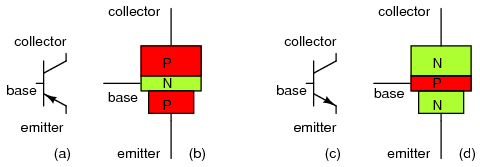BC547 - NPN - Transistor
Hot
BC547 - NPN - Transistor
Rs. 3.00
- Stock: 46
- Model: BC547-NPN
- SKU: PL-96









































